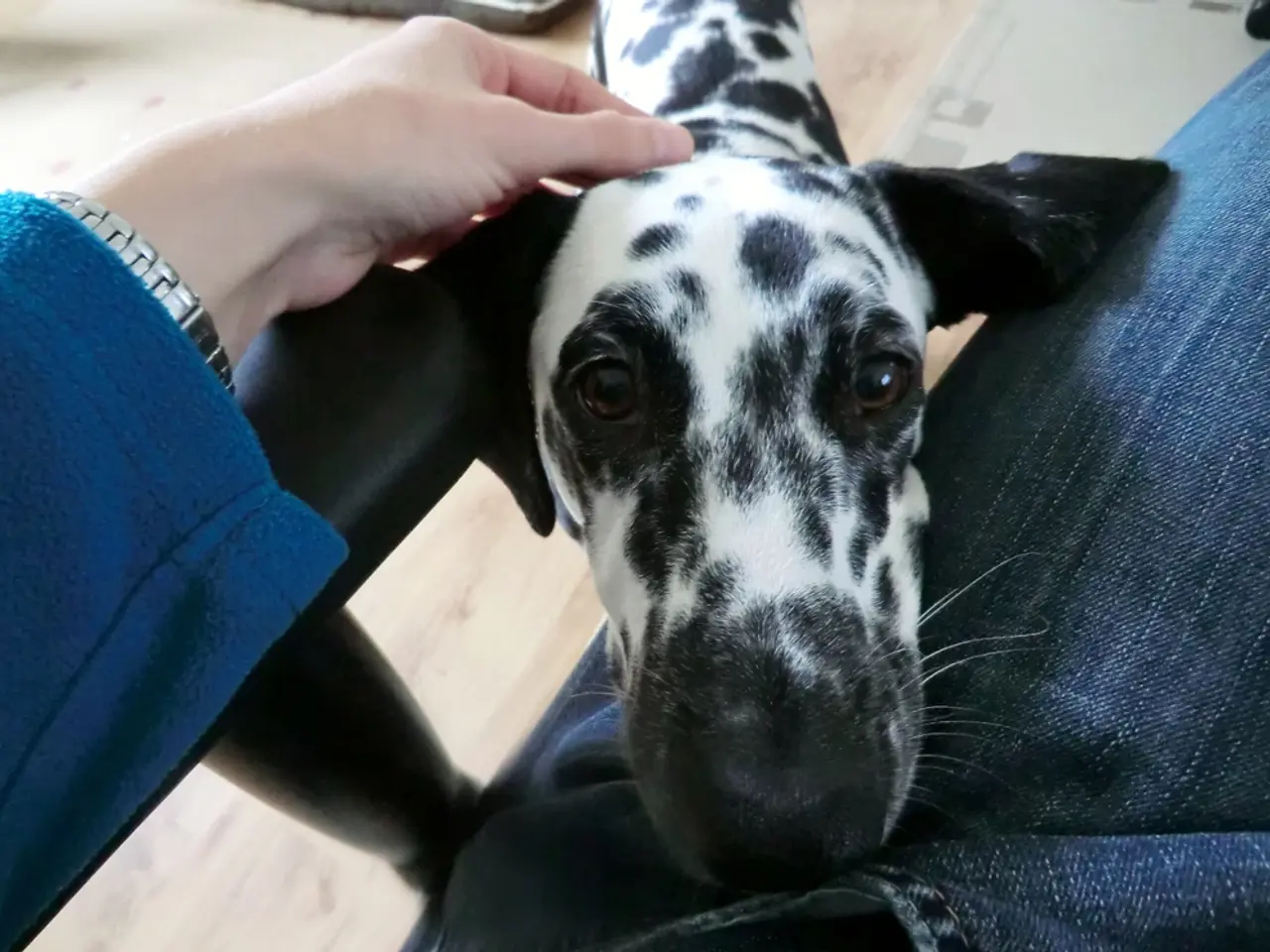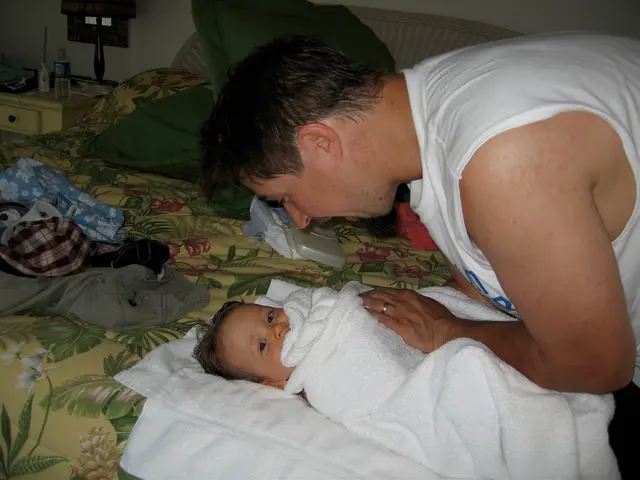Mastering Recall Command in Dogs: Essential Guidance for Instilling Reliable Responses in Your Canine Companion
Training a reliable recall for your dog is an essential obedience exercise that can significantly improve your furry friend's safety and strengthen your bond. Here are some expert-approved tips to help you achieve a dependable recall.
Start in a Safe and Familiar Environment
Begin training in a quiet and familiar area such as indoors or a fenced yard to minimise distractions for your dog. Use a happy, excited tone and a specific recall word (e.g., “come!” or “here!”) to catch your dog's attention.
Make Coming to You Rewarding
Make coming to you the most rewarding experience for your dog by immediately praising them enthusiastically and offering high-value treats or play when they respond. Avoid using the recall command for negative outcomes (e.g., bath time, ending play) to keep the dog’s association positive.
Short, Controlled Training Sessions
Use short, controlled training sessions, frequently calling your dog and rewarding success. Start by rewarding the dog for simply looking at or turning toward you, then progress to longer distances and movement away from the dog, encouraging chase and retrieval behavior.
Gradually Increase Distractions
Gradually increase distractions and practice in varied environments, allowing your dog to generalize the command. Move from indoor low distractions to outdoor areas on a long leash, then eventually to off-leash situations as reliability improves.
Avoid Punishment and Harsh Methods
Avoid punishment or harsh methods such as high-level stimulation or remote collars, since these can damage your relationship with your dog and hinder long-term reliability. Positive, fun, and pressure-free training builds trust and motivation.
Use a Long Leash During Initial Off-Leash Training
Use a long leash or line during initial off-leash training to prevent frustration and maintain control while your dog learns recall in outdoor settings.
Involve Multiple People in Recall Games
Involve multiple people in recall games, calling the dog back and forth between handlers to reinforce responsiveness to different voices and contexts.
Be Patient and Consistent
Be patient and consistent: Achieving a reliable recall usually takes weeks to months depending on the dog’s age, breed, temperament, and prior experience. Long-term consistency and proofing are essential.
Consider Professional Help
Consider professional help if recall issues persist, as tailored guidance can accelerate progress and address specific challenges effectively.
By following these expert recommendations, you can create a reliable framework to teach your dog to come when called safely, happily, and consistently. This skill is essential for your dog's safety and enhances your bond and freedom together.
Remember, practice makes perfect. Regularly practice recall training to reinforce the command and ensure your dog's recall remains dependable in various situations. Additionally, avoid calling a dog in situations where it is unlikely to come, as this can teach it that the recall cue is irrelevant in that context.
For further advice on improving a dog's recall and avoiding common mistakes, check out articles such as "My dog kept bolting - here's how I rebuilt her recall skills with the help of a trainer" and "I'm a dog behaviorist and these are my top tips for 'bulletproof' reliable recall". Happy training!
- Use a safe and familiar environment like home or a fenced yard for dog recall training to minimize distractions.
- To make recall training effective, make coming to you the most rewarding experience by offering high-value treats, praise, or play.
- Multiple short, controlled training sessions are beneficial for teaching a dog to respond to the recall command.
- Gradually introduce distractions and practice recall in varied environments to help your dog generalize the command.
- Positive and fun training methods, such as avoiding punishment or harsh methods, foster the dog's trust and motivate them to respond reliably.
- When initiating off-leash training, use a long leash or line to provide control and prevent frustration while your dog learns the recall command in outdoor settings.




